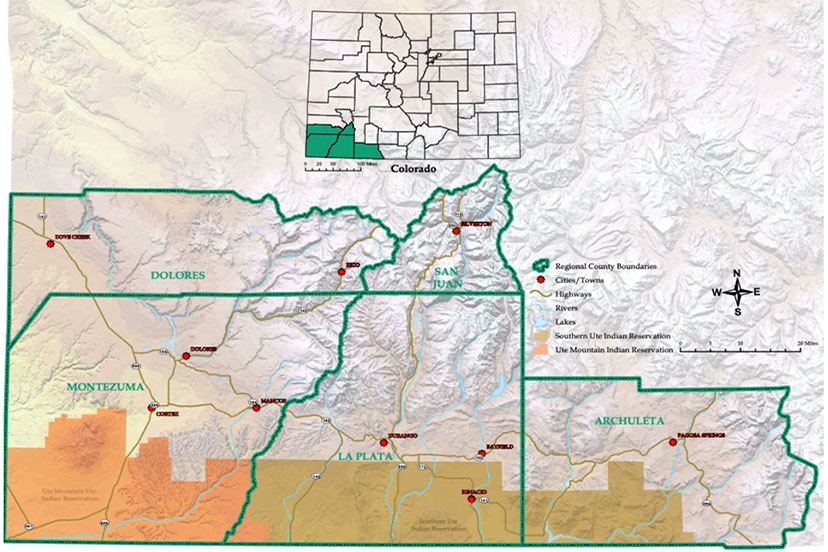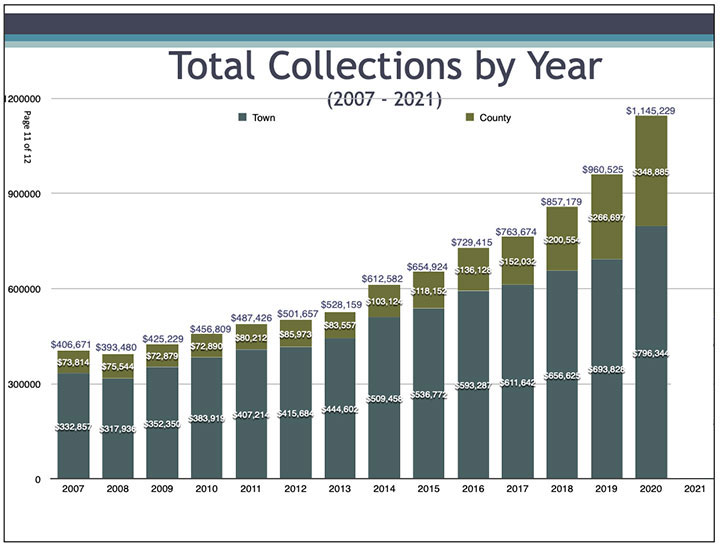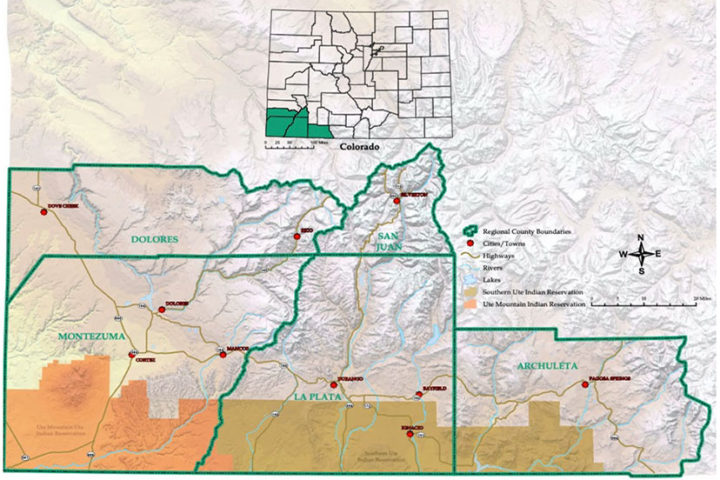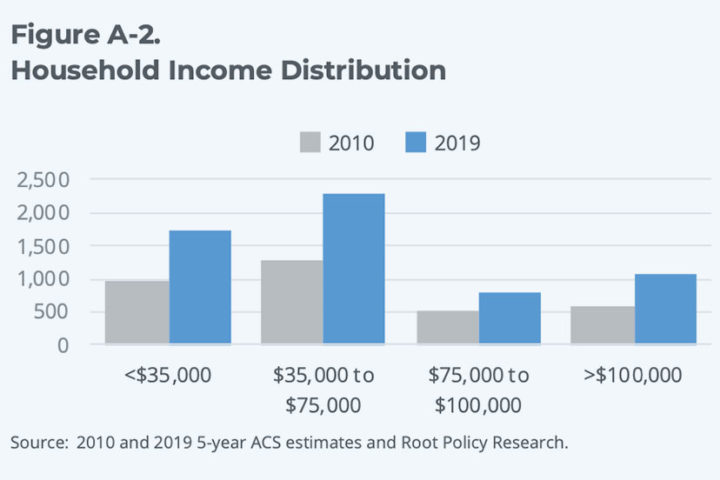“Put your money where your mouth is.”
That’s an expression my dad often used, when he got tired of listening to someone complaining about what other people were doing, or were failing to do.
If you want something done, step up and get to work, was the basic message. But it has another meaning as well. If we want to see progress, we need to make an investment, and the investment often involves money.
For example, if we want to start solving the workforce housing crisis in Archuleta County, we need to put up some money. Or someone has to put up some money, if not us.
Usually, when a problem affects the entire community, our local governments are expected to step up to the plate. During the COVID-generated economic turmoil, our Town and County governments dedicated money to helping local businesses and organizations keep their doors open — although most of the rescue money came from the federal government via the Paycheck Protection Program and similar federal initiatives.
As it turned out, Pagosa’s overall economy did not suffer from a lack of money during the COVID crisis. Sales taxes were dramatically higher than in 2019. Real estate prices went through the ceiling. To all appearances, we had a record tourism season during 2020. Here’s a graph I’ve shared before, showing the increase in Lodgers Tax collections over the past 14 years. Of particular note is 2020:
Certain businesses suffered, however. Some restaurants and bars had to tighten their belts. Our professional theater company canceled their entire 2020 season.
But the group that suffered most, I believe, were young workers — the folks who were renting long-term, or trying to rent long-term, and who found themselves on the street as homes were gobbled up by vacation rental investors… as rental homes and condos and apartments and mobile homes became ever more expensive, and ever more difficult to find.
This is not news to the business and government leaders in our community. They understand that we’re in a crisis, but the wheels of policy and budgeting generally turn more slowly than we might like.
Sometimes, things can move more quickly if the ordinary citizens get motivated to demand that our leaders put their money where their mouths are.
In the case of the Pagosa Springs municipal government, the leadership there has decided to direct some real money at the housing crisis, beginning with the purchase of two residential parcels in downtown Pagosa, recently offered to developers willing to build some authentic workforce housing.
The Town Council also saw a budget presentation last week that included a brand new government division — the Community Development Housing Division — with proposed funding of $553,000.
That might seem like a lot of money, until we remember that the median single-family home price in our community is currently somewhere between $400,000 and $500,000. So $553,000 is not much more than the price of one average house in Archuleta County.
But $553,000 might prove useful for providing ‘seed money’ for, say, some apartment complexes built by independent for-profit and non-profit developers.
A few weeks ago, Denver-based Root Policy Research released the results of a summer-long survey of the housing crisis in the southwest corner of Colorado, and the conclusion in the 78-page report were not entirely surprising.
Here are a few of their comments about Pagosa Springs and Archuleta County:
Movement of Baby Boomers into the area for retirement has dramatically changed the housing market. This trend, coupled with a “wave of investors” purchasing and converting units into STRs, has led to a very challenging market for workforce. These trends make sense from the investors’ perspective. Unaccounted for is the negative effects on the community — loss of teachers, challenges recruiting workforce…
Many stakeholders expressed regret that the town and county did not move faster to implement housing solutions before costs were this high and the gap so wide.
“Even doctors can’t afford to live in the area. Our economy cannot function without health workers, local government staff, grocery store workers.”
“When I hire I ask — Do you have a plan for where to live?”
…The area has a significant lack of supply of workforce housing including attached homes and condominiums. Eighty-percent of housing units are in HOAs. Pagosa Springs is a very small part of the county, and is limited in its ability to accommodate growth. To adapt, workers are living in campgrounds, doubling up, living in their cars.
Core needs are for 50-120 percent AMI/workforce housing, both rental and for sale. The most acute need is for long term rentals, studio and one-bedroom for workers. Nonprofit housing partners are a central part of the solution, as is continued education about needs.
Thanks to significant annual subsidies for the tourism industry, it’s now much easier for a tourist family to find a residential home (for a vacation rental) than for a permanent household to find a rental, or even a home to purchase, within their budget.
Here’s another comment — one that I personally found surprising:
Yet [Archuleta County] still struggled to add enough units for workforce. An estimated 800 additional units for permanent residents were needed to fully accommodate job growth and minimize in-commuting.
Back in 2018, the 501c3 non-profit Pagosa Housing Partners (PHP) was commissioned to write a strategic plan for addressing Archuleta County’s growing housing crisis. In that plan, PHP suggested the need for 100 new workforce housing units by the year 2025.
This past spring and summer, PHP revised that estimate, and began recommending 300 new workforce housing units by 2030.
I have listened to (and participated in) a lot of housing discussions over the past five years, but I had never heard, or read, a number has high as 800 additional units, needed for permanent residents in Archuleta County.
Where will the money come from, for such a massive effort? Given that new stick-built homes are currently running about $250 per square foot, even a modest 1,000-square-foot home will cost $250,000 — a price that’s beyond the means of most working families in our community.
On Monday, we can look at where the money might come from. We already looked at a re-allocation of Lodgers Tax in Parts One and Two… but that’s only one possible source. And like the Lodger Tax re-allocation, the other sources might help us escape from the Tourism Trap in which we entangled ourselves…




